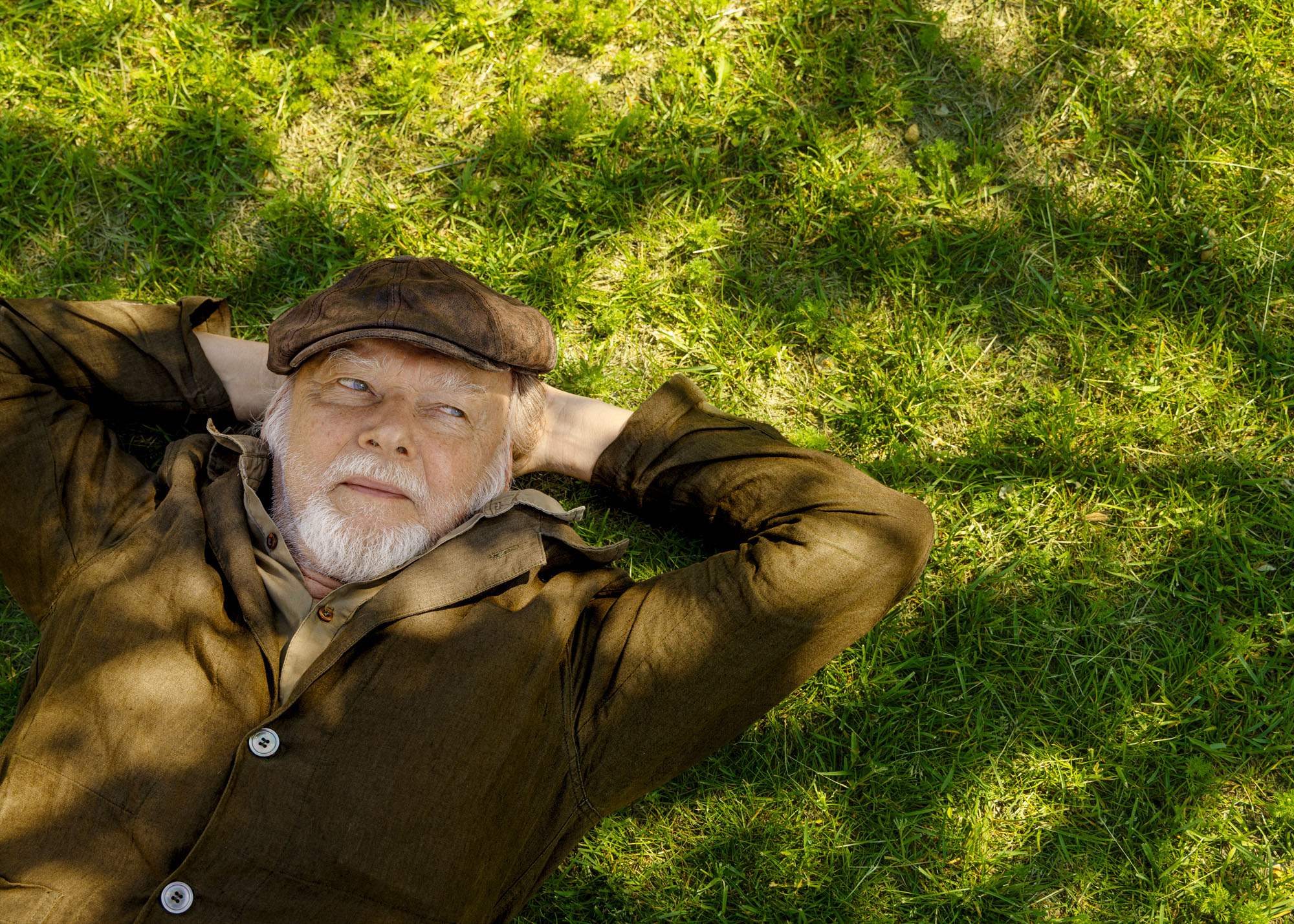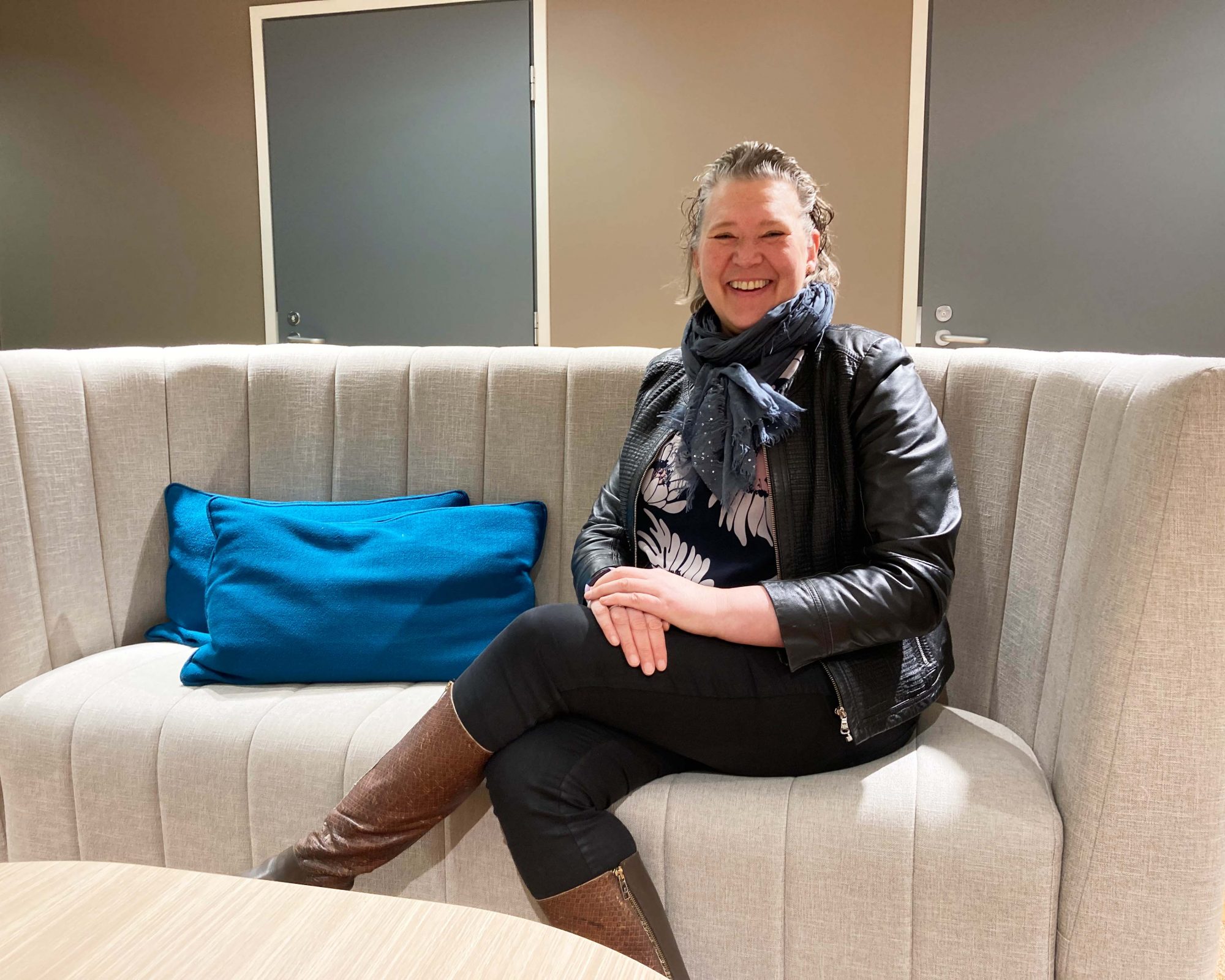Meet one of our cancer center staff, Jukka Kemppainen, Chief Physician, Nuclear Medicine
3.5.2024 Categories: Articles
–The development has been amazing.
This is how Jukka Kemppainen, Chief Physician in Nuclear Medicine at the Docrates Cancer Center, describes the progress made in recent years in prostate cancer imaging and treatment. These development steps are linked to a highly specific tracer called PSMA (prostate specific membrane antigen), which has taken prostate cancer isotope treatments and diagnostics to a whole new level.
– PSMA has completely transformed the imaging of prostate cancer. The tracer is much more accurate than before, which has also affected treatment practices. The tracer has been implemented so quickly that not even the care guidelines have been updated yet,” says Kemppainen.
The results of 177-lutetium-PSMA treatments have also been promising. They are used in certain cases of widespread prostate cancer as a third-line treatment when other treatments no longer help. According to Kemppainen, the new treatments have even achieved complete responses.
Docrates was the first treatment provider to start 177-lutetium-PSMA treatments in the Nordic region in 2017.
We have also adopted the 225-actinium-PSMA treatment, which is still an experimental drug treatment with a special permission for compassionate use by the Finnish Medicines Agency (Fimea). Preliminary research results on 225-actinium-PSMA treatments are promising and, alongside 177-lutetium-PSMA treatments, offer a new opportunity for the treatment of advanced prostate cancer. These can also be used together as so-called tandem or combination therapy.
– We offer isotopic imaging and treatments of prostate cancer, says Kemppainen.
In Kemppainen’s view, this is one of the best aspects of his job.
– I find it immensely meaningful that I can influence what happens next in my field and be at the forefront of bringing new forms of treatment to Finland that really benefit patients when nothing else is available anymore.
– Working at Docrates is extremely motivating and inspiring. I feel a positive drive at work. There are not many places in Europe that can offer this kind of experience. Because our hospital is small, the organization is agile and it is easy to advance matters. I have been given good opportunities here to promote things that feel important to me.
Researcher and clinician
At the moment, Kemppainen’s main area of interest is the isotope imaging of prostate cancer. This is also prominent in his research. He has published nearly 90 scientific publications. A research abstract by Kemppainen’s research group was recently selected as one of the most interesting among hundreds of abstracts at a European isotope meeting.
– It gave us the feeling that we are on the right track.
Kemppainen says that the progress made in prostate cancer isotope diagnosis and treatment is currently leading the development of other cancer treatments.
– New, interesting tracers and isotope targets will certainly also be developed for the treatment of other cancers within 5–10 years, says Kemppainen.
However, isotopes are not a completely new concept in cancer treatment. Isotopes were first used in the 1950s for the treatment of thyroid cancer. However, the development of technology and tracers in the 2000s meant a revolution for the field. Kemppainen believes that in the future, certain cancers and patient groups may be treated entirely with isotopes.
– Good things come from science and research. For this reason, I want to continue active scientific publication work at Docrates.
The fascinating human life cycle
When Kemppainen was young and thinking about his career choice, medicine was one of the options alongside natural sciences. In the end, the desire to help and the mysterious nature of the discipline made him choose medicine.
– I was particularly fascinated by the fact that medicine allows me to be involved with the entire human life cycle and see it up close, says Kemppainen.
Kemppainen became interested in nuclear medicine during the last three years of his studies.
– I saw some colourful clip-art related to muscle metabolism. As a visual person, I was appealed to the images. In the end, I became so enthusiastic about the field that I immediately registered as a dissertation worker after graduating.
After his doctorate, Kemppainen was involved in many research projects and finally specialized in clinical physiology and nuclear medicine.
– At this point, I experienced a certain pain of giving up patient work, because I have always enjoyed meeting people, and the work of a nuclear medicine physician is purely computer-based. But in the end, something needs to be given up in order to make room for something else.
At Docrates, Kemppainen still feels indirectly much closer to the patient than at a large university hospital, because at a small hospital, he quickly receives feedback on the impact of his work on the patient.
Image reading and more
At Docrates, Kemppainen’s workdays typically consist of meetings and encounters, image reading, dictation work, collaboration and the development of his own work.
– My expertise in imaging is most needed when we analyze the images to detect cancer. This directly affects the type of treatment the patient receives. Isotopic imaging plays a major role in the patient’s care chain.
Depending on the case, it takes between half an hour and two hours for Kemppainen to interpret the images of one patient.
Before joining Docrates in 2018, Kemppainen worked as a specialist physician at the Turku PET Centre for 11 years. Now he commutes from Turku to Docrates three days a week. For the rest of the time, he works remotely, which allows him to spend more time with his family.
In his free time, Kemppainen relaxes, for example, by exercising. His weekly floorball session is one of his favourite ways to unwind.
– I have played with the same team for twenty years, Kemppainen laughs.
– The sea is also important to me. I have to go to the seaside regularly.
What are isotope examinations?
Isotope examinations are based on radioactive isotopes and associated tracers. The traced isotope is introduced into the patient’s bloodstream, from where it reaches the target organ via metabolism. In the target organ, the tracer sends radiation, which can be observed by means of a gamma or PET camera, for example. In this way, it is possible to locate any potential cancer metastases and monitor the effectiveness of cancer treatment. In addition to imaging, isotopes are also used as a form of treatment, in which an isotope applied to the tumor destroys cancer cells with its radiation.
The Docrates Cancer Center uses the latest isotope studies and treatments under the leadership of chief physician Jukka Kemppainen.












